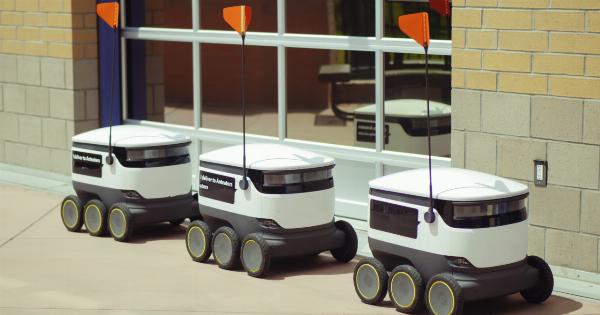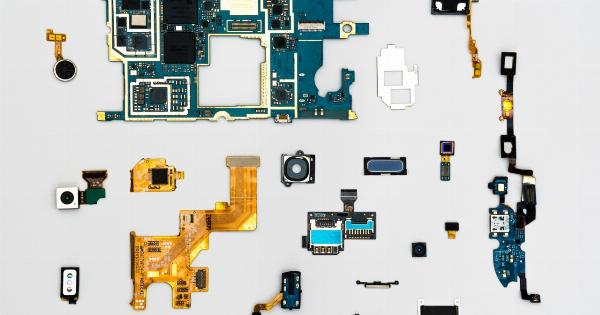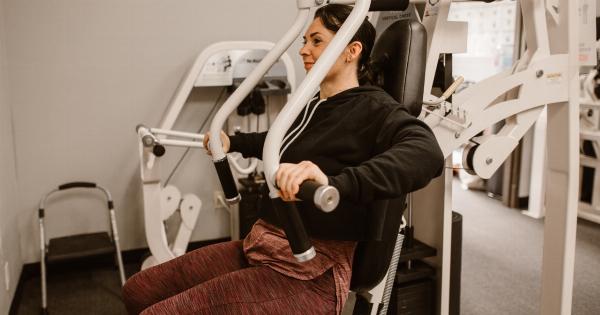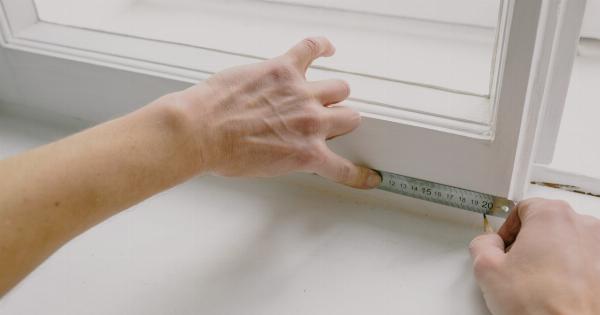The inaugural Robotic Urological Symposium was held on May 10th, 2021.
The event was organized by the American Urological Association and brought together leading experts in the field of robotic urology to discuss the latest developments, technologies and techniques.
Keynote Speakers
The symposium featured some of the most prominent names in the field of robotic urology. Dr. Ashutosh Tewari, Chairman of Urology at the Mount Sinai Health System, delivered the event’s keynote speech. Dr.
Tewari talked about the future of robotics in urology and its potential to revolutionize the way that urological surgery is performed.
Session 1: Robotic Prostatectomy
The first session of the symposium focused on robotic prostatectomy, which is the surgical removal of the prostate gland. The session was moderated by Dr. John Davis, Chair of Urology at the University of Texas Southwestern Medical Center.
Dr. Dipen Parekh, Professor and Chair of Urology at the University of Miami Miller School of Medicine, discussed the advantages of robotic surgery for prostate cancer.
He highlighted several key benefits, including improved outcomes and fewer complications.
Dr. Herbert Lepor, Professor of Urology at NYU Langone Health, spoke about the history of robotic prostatectomy and how it has progressed over the years.
Session 2: Robotic Nephrectomy
In the second session, experts discussed robotic nephrectomy, which is the surgical removal of the kidney. This session was moderated by Dr. Ithaar Derweesh, Chair of Urology at UC San Diego Health.
Dr. Jihad Kaouk, Chair of the Glickman Urological & Kidney Institute at the Cleveland Clinic, spoke about the use of robotics in nephron-sparing surgery (NSS).
NSS is a technique used to remove a kidney tumor while preserving the healthy portion of the kidney. Dr. Kaouk presented data showing the advantages of robotic surgery over traditional open surgery for this type of procedure.
Dr. Monish Aron, Chief of Urologic Oncology at the University of Southern California, discussed the use of robotics in partial nephrectomy. This is another type of NSS that involves removing only the part of the kidney containing the tumor.
Session 3: Robotic Cystectomy
The third session was focused on robotic cystectomy, which is the surgical removal of the bladder. Dr. Bernard Bochner, Vice Chair of Urology at Memorial Sloan Kettering Cancer Center, moderated this session.
Dr. Mihir Desai, Director of Robotic Surgery at Keck Medicine USC, discussed the use of robotics in bladder reconstruction.
He presented data showing that robotic surgery can result in better outcomes and fewer complications for bladder cancer patients compared to open surgery.
Dr. Michael Stifelman, Chair of Urology at Hackensack University Medical Center, spoke about the role of robotics in female urologic surgery. He discussed how robotics can be used for procedures such as hysterectomy, sacrocolpopexy and other procedures.
Session 4: Robotic Surgery for Children
The final session of the day focused on robotic surgery for children. This session was moderated by Dr. Mohan Gundeti, Chief of Pediatric Urology at Ann & Robert H. Lurie Children’s Hospital of Chicago.
Dr. Craig Peters, Chief of Pediatric Urology at Children’s Hospital Los Angeles, discussed the use of robotics in pediatric urology. He highlighted several key advantages, including faster recovery times and fewer complications.
Dr. Kevin Chan, Assistant Professor of Urology at UT Southwestern Medical Center, spoke about the use of robotics in pediatric urologic oncology. He discussed how robotics can be used for procedures such as nephrectomy, pyeloplasty and other procedures.
Conclusion
The inaugural Robotic Urological Symposium was a great success, bringing together leading experts in the field of robotic urology to discuss the latest developments, technologies and techniques.
The symposium highlighted the potential of robotics in urology, and its ability to improve patient outcomes, reduce complications and revolutionize the way that urology is practiced.
























